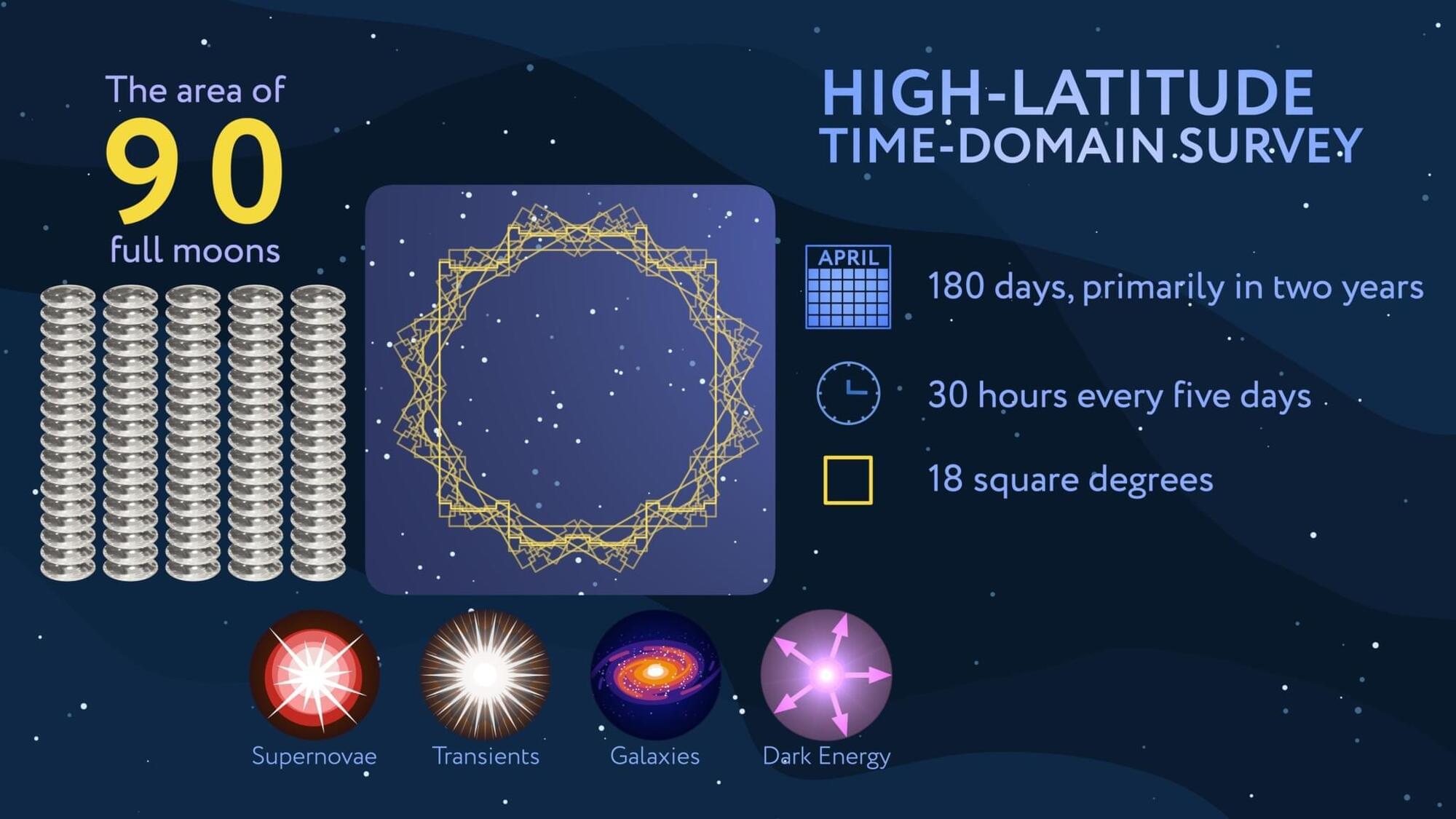NASA’s Roman Space Telescope is set to embark on a deep-sky survey that could capture nearly 100,000 cosmic explosions, shedding light on everything from dark energy to black hole physics. Its High-Latitude Time-Domain Survey will revisit the same region of the sky every five days for two years, catching transient phenomena like supernovae — particularly type Ia, which are cosmic mileposts for tracking the universe’s expansion. Roman’s simulations suggest it could push the boundary of what we know about the early universe, observing ancient supernovae over 11.5 billion years old.
Scientists predict one of the major surveys by NASA’s upcoming Nancy Grace Roman Space Telescope may reveal around 100,000 celestial blasts, ranging from exploding stars to feeding black holes. Roman may even find evidence of some of the universe’s first stars, which are thought to completely self-destruct without leaving any remnant behind.
Cosmic explosions offer clues to some of the biggest mysteries of the universe. One is the nature of dark energy, the mysterious pressure thought to be accelerating the universe’s expansion.

Awesome things here. I’m very satisfied to see your article. Thanks so much and I’m looking ahead to contact you. Will you please drop me a e-mail?
https://babyphotostar.com.ua/sklo-far-dlia-avto-iak-vybir-vplyvaie-na-bezpeku-na-dorozi